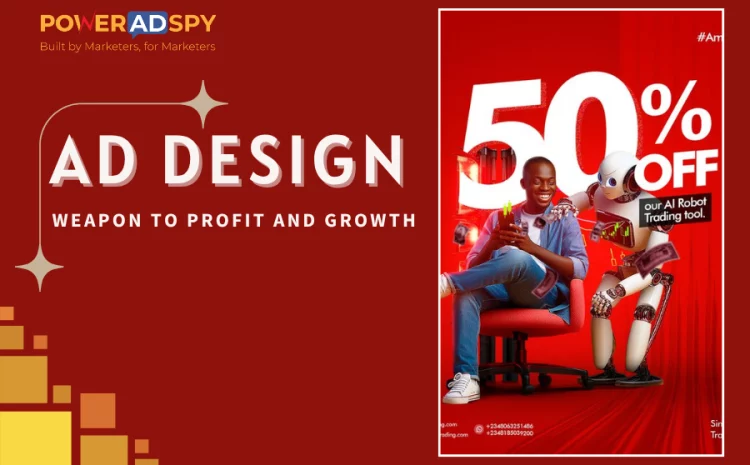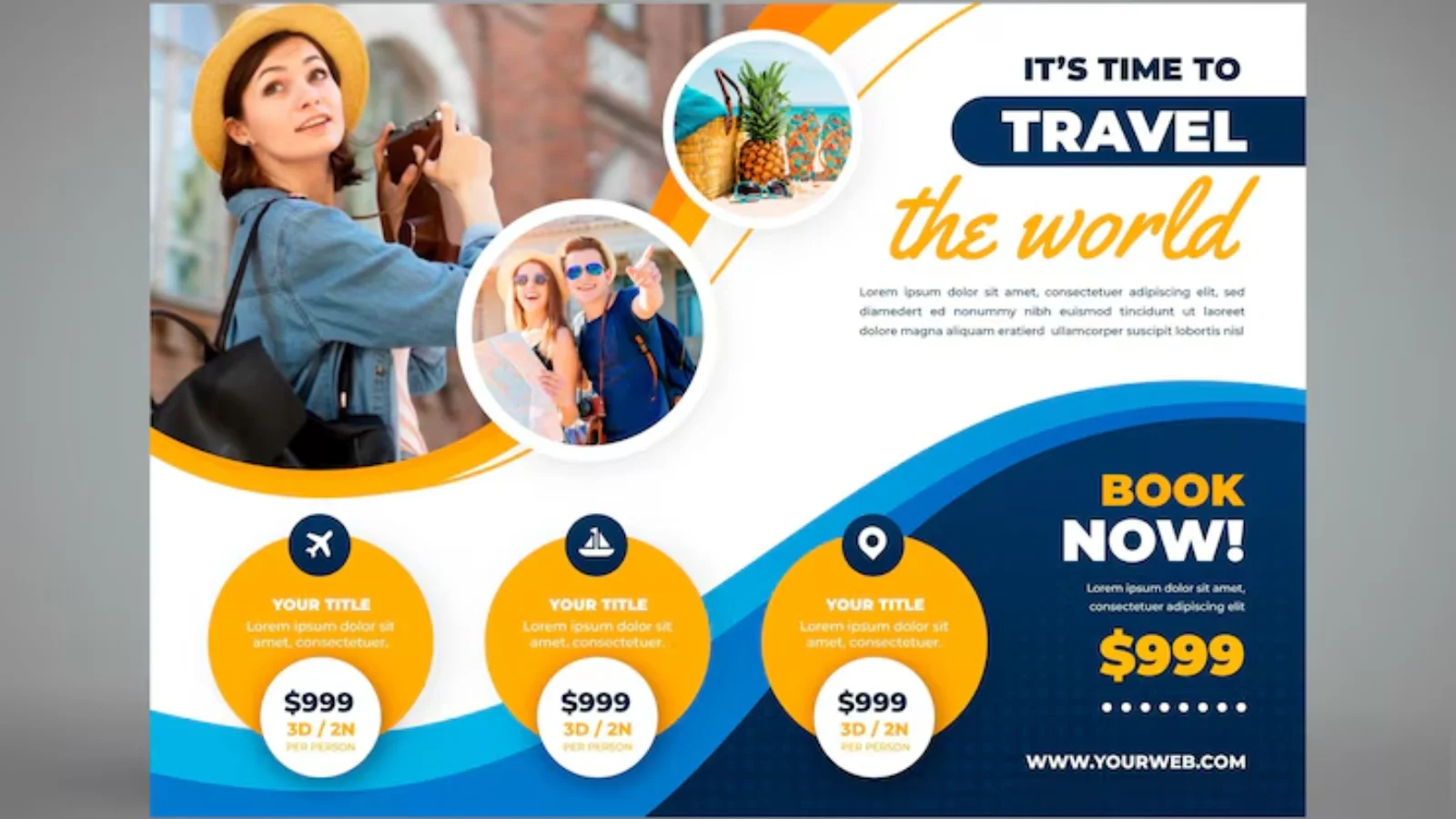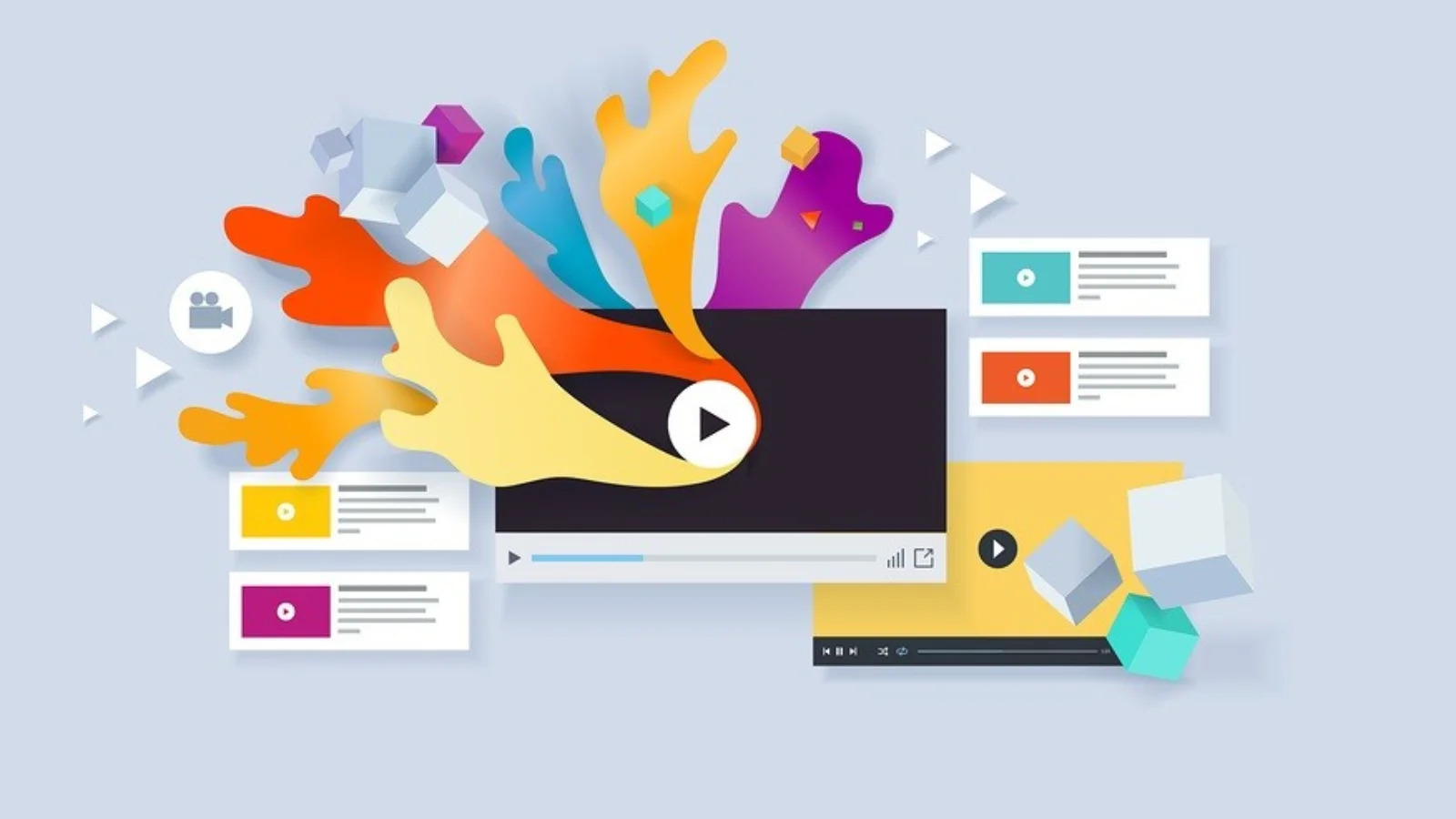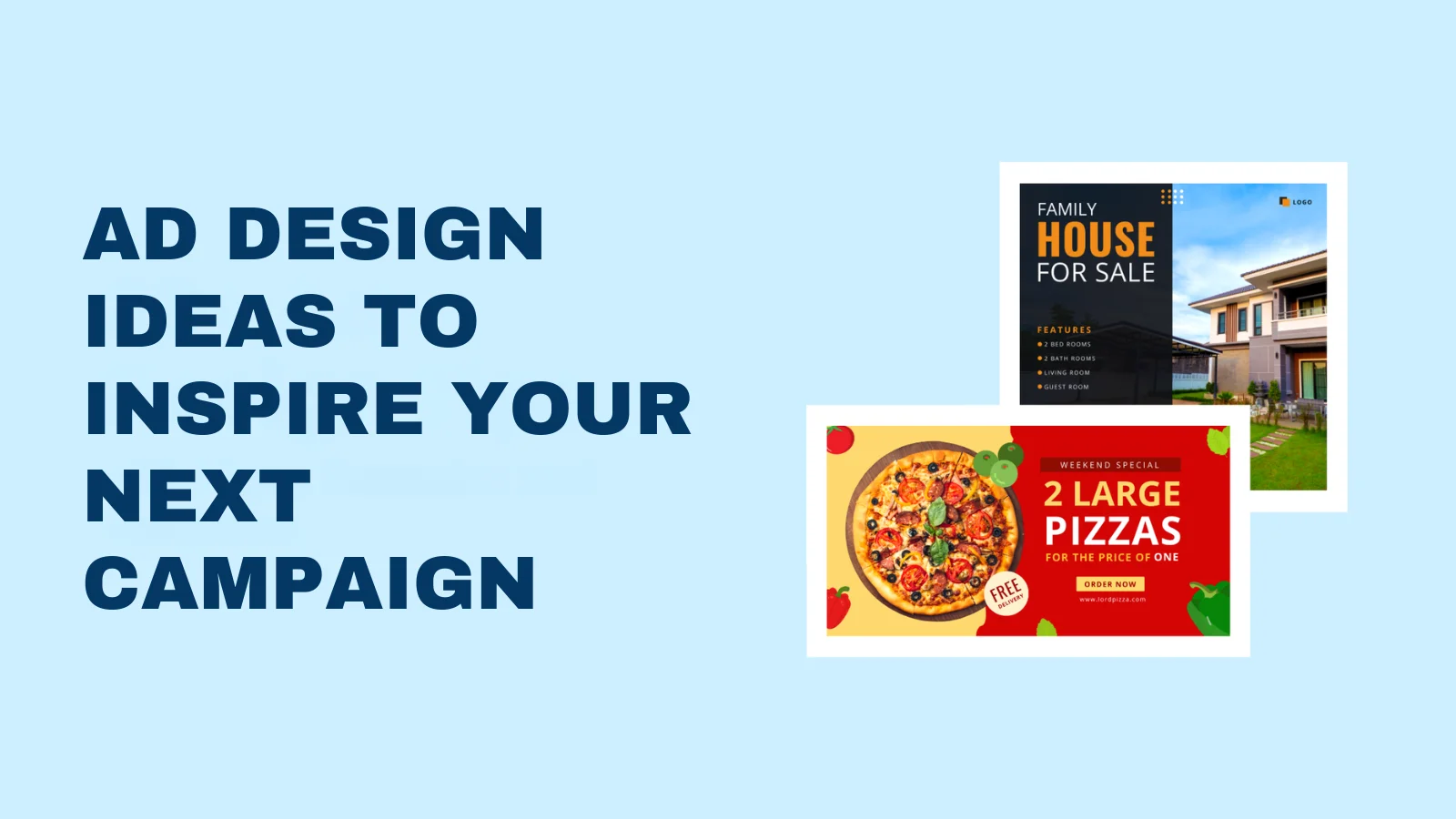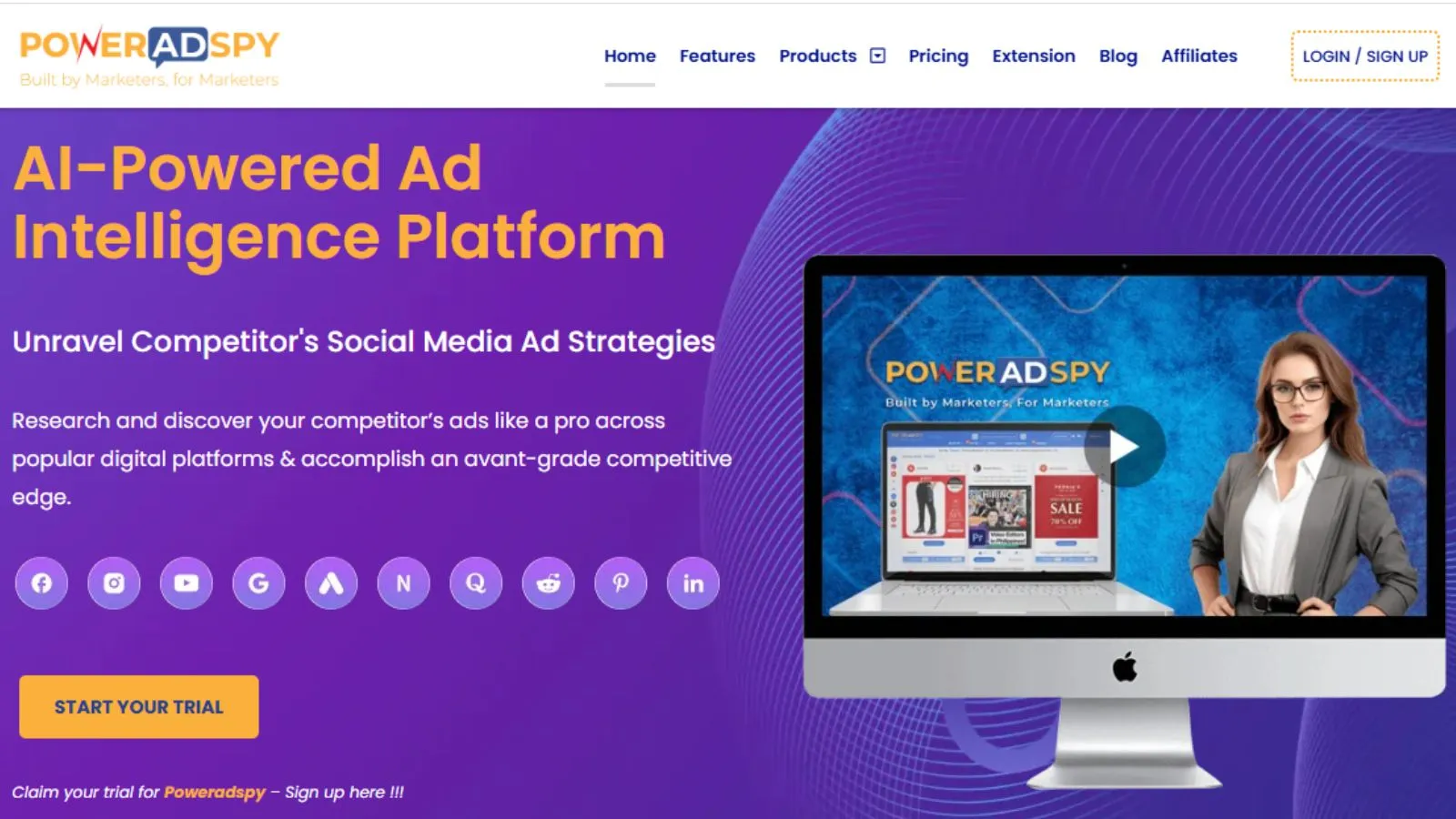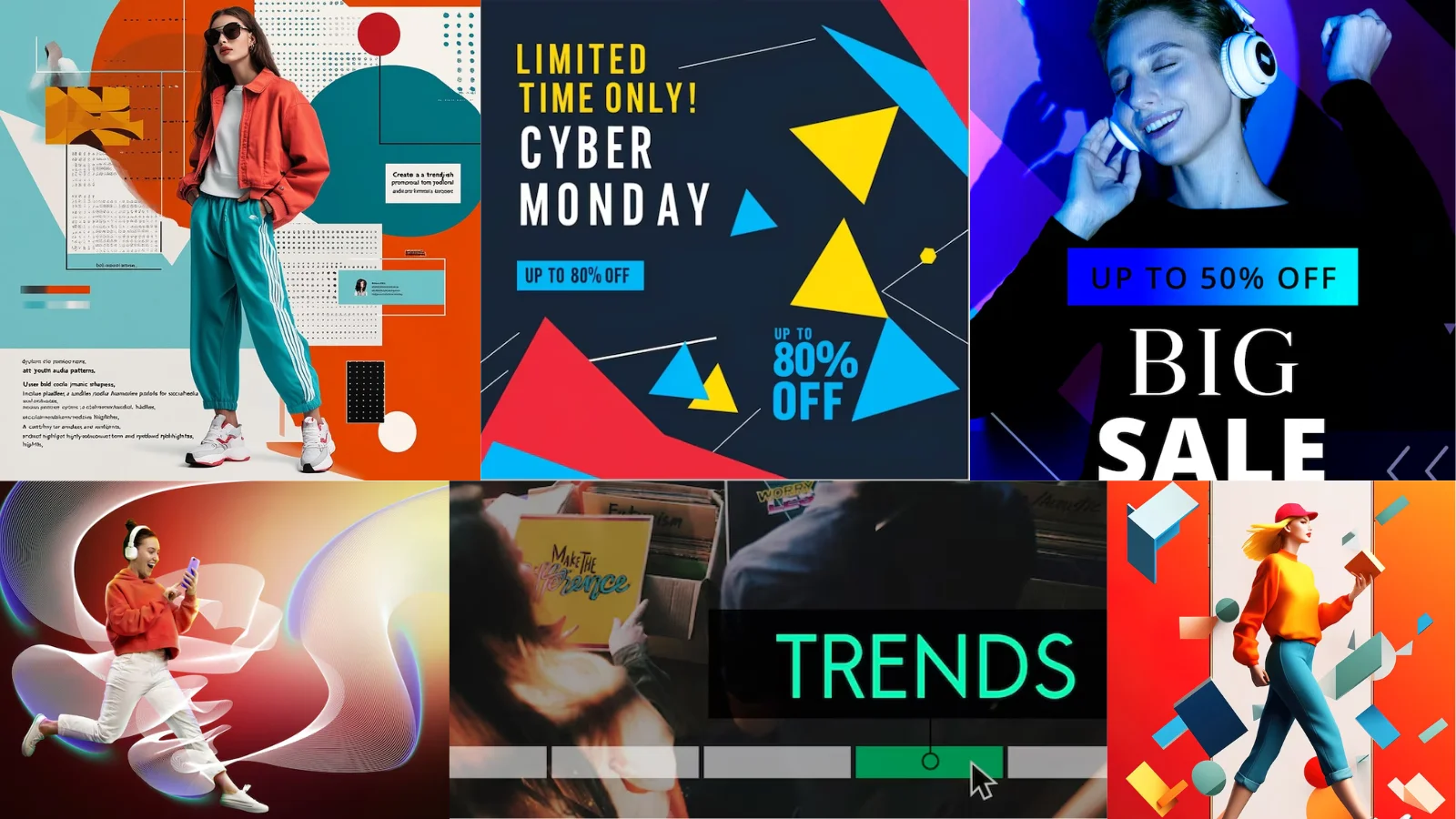Why Ad Design Is The Weapon To Profit And Growth?
The digital world’s always changing, but one thing stays the same: you need clear goals if you want your ads to truly work. Without well-defined goals, even the most creative ad design can miss the mark. Whether you’re aiming to boost brand awareness, drive traffic, or increase conversions, understanding the purpose of your advertisement is the first step toward creating impactful campaigns.
In this blog, we’ll explore how aligning ad objectives with compelling advertising design ensures better engagement, stronger brand recall, and a higher return on investment.
In A Hurry? Listen To The Podcast
What Do You Mean By Ad Design?
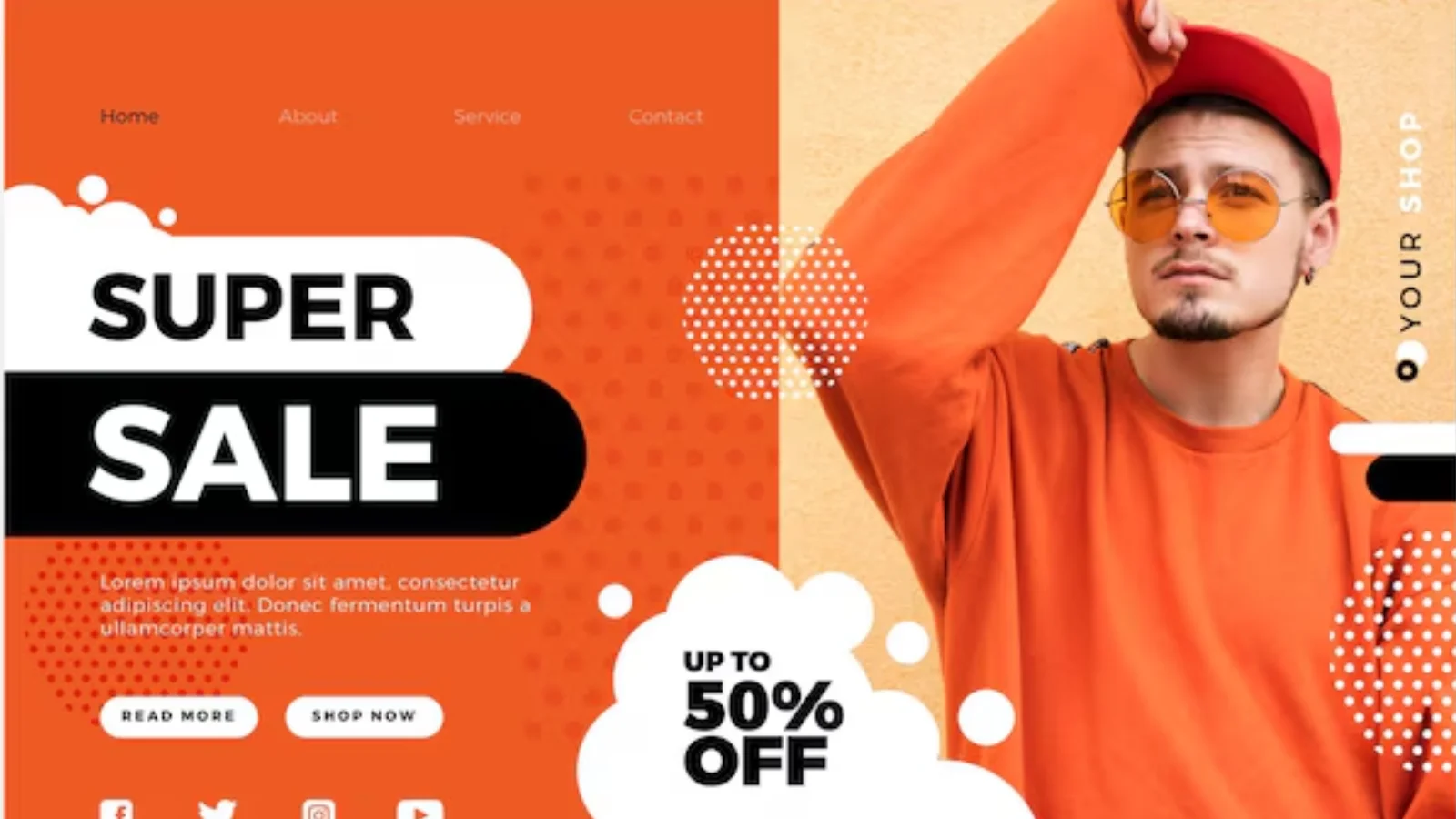
At its core, ad design tells a story. It captures attention in those crucial first seconds and guides the viewer effortlessly toward a specific goal, whether that’s clicking a link, signing up for a service, or making a purchase.
When done right, it becomes a powerful tool in influencing consumer behavior. It taps into emotions, builds curiosity, and helps users make confident decisions. In today’s fast-scrolling world, it’s often the deciding factor between an ad being ignored and one that drives results.
Also Read:
Visual Ads 101: How to Create and Use Them Effectively
How AI Advertisements Are Transforming Digital Marketing?
Why Ad Design Matters More Than Ever?
In a world where the average person is bombarded with thousands of ads daily, grabbing and holding someone’s attention is no easy task. That’s where strong ad design steps in. It’s your first line of defense in a crowded digital space, helping your message rise above the noise.
Modern consumers are quick to judge and even quicker to scroll. They’re drawn to visual ads that speak to them emotionally and instantly. That means your ad has just seconds to make an impact. A thoughtfully crafted advertisement design can spark curiosity, create a connection, and prompt action. On the flip side, even the most amazing product can fall flat if the design doesn’t connect.
When your design resonates with your audience’s interests and reflects your brand, it doesn’t just capture attention, it builds trust and drives results.
What Is The Fundamentals Of High-Converting Ad Design?
Creating high-performing ads isn’t just about looking good, it’s about being intentional with every element. To truly connect with your audience and drive results, there are a few key principles your ad design should follow:
-
Start With A Clear Goal
Before you dive into visuals or copy, be crystal clear about what you want your audience to do. Whether it’s clicking a link, signing up, or making a purchase, every part of your ad should support that specific action.
-
Guide The Eye With Visual Hierarchy
Your design should lead the viewer naturally from the headline to the CTA. Use contrast, font size, and color to direct attention where it matters most.
-
Stay True To Your Brand
Consistency builds trust. Make sure your colors, fonts, and messaging tone match your overall brand identity so people instantly recognize who the ad is from.
-
Tap Into Emotion
Logic may spark thought, but it’s emotion that truly drives action.. Whether it’s excitement, curiosity, or a sense of urgency, your ad should evoke feelings that move the audience to engage.
-
Craft A Cta That Can’t Be Missed
Your call-to-action should stand out and clarify the next step. The more direct and compelling it is, the more likely people will follow through.
By focusing on these fundamentals, your ad design won’t just attract attention—it will inspire action and contribute directly to your marketing goals.
What Are The Popular Ad Design Formats?
One size doesn’t fit all when it comes to ad design. The format you choose should not only reflect your brand style but also align with your specific marketing goals and the platform you’re advertising on. Here are some popular formats, each with its strengths:
-
Static Image Ads
These are the classic go-to for quick and clear messaging. A well-designed static image can stop a scroll and deliver your message in seconds, perfect for brand awareness or simple product promotions.
-
Video Ads
If you want to tell a story or demonstrate value, video is your best friend. Videos allow you to build a narrative, show personality, and engage viewers on a deeper level. Great for explaining how your product works or showcasing testimonials.
-
Carousel Ads
These let you showcase several images or videos in one ad format. They’re perfect for highlighting different features of a product, showing a sequence, or promoting a collection. Plus, they give users a reason to interact.
-
Interactive Ads
Polls, quizzes, and gamified experiences fall under this category. These ads invite the user to engage, which boosts interest and recall. They’re especially effective for gathering feedback or increasing time spent with your content.
-
Banner Ad Design
Still widely used in display advertising, banners demand attention with bold visuals and clear messaging. Whether placed on blogs or news sites, a strong banner ad design helps you stand out and drive traffic to your landing page.
Every format offers its distinct advantage. The trick is to choose the one that best fits your objective and the behavior of your audience on that platform.
Ad Design Ideas To Inspire Your Next Campaign
Feeling stuck or looking to spark some creative energy? Sometimes, all it takes is a fresh perspective to bring your next ad campaign to life. Here are a few ad design ideas that can help you think outside the box and craft visuals that truly connect:
-
Before-And-After Comparisons
People love seeing results. Whether it’s a fitness product, home makeover, or skincare solution, showing a transformation through powerful imagery can instantly grab attention and build trust.
-
Minimalist Design
Sometimes, less really is more. A clean, clutter-free layout can help your product or message stand out by letting it take center stage. Minimalist designs are great for high-end brands or when you want to keep things sleek and modern.
-
Bold Typography
A creative font choice or oversized headline can add personality and make your message pop. It’s a great way to communicate confidence and draw attention, especially when paired with simple visuals.
-
Strategic Use Of Color
Colors have a way of speaking directly to emotions. Want to evoke excitement? Try red. Trust and reliability? Blue might be your go-to. Think about the feeling you want to spark and use color to reinforce it
-
Leverage User-Generated Content
Authenticity sells. Featuring real customers using or talking about your product not only builds social proof but also helps potential buyers envision themselves enjoying it too.
These ideas aren’t one-size-fits-all. The best approach is to experiment and adapt them to suit your brand’s voice and your campaign’s specific goals. Sometimes the most impactful ads design starts with a simple, creative twist.
How PowerAdSpy Enhances Your Ad Design Strategy?
PowerAdSpy is a powerful platform designed to elevate your advertising game. It offers an extensive collection of top-performing ads from platforms such as Facebook, Instagram, YouTube, and others. Here’s how it enhances your advertisement design process:
-
Combination of Video and Image Ads
PowerAdSpy doesn’t just help you spot what’s trending, it shows you what works. With a fast-growing database of social video and image ads, you can see which formats are resonating most with your audience. Whether it’s short clips or compelling graphics, this helps guide your own creative choices.
-
Engagement-Oriented Ad Details
Design is more effective when it’s backed by real data. PowerAdSpy gives you a clear picture of which ads people are reacting to, through likes, shares, and comments, so you can learn what makes a layout or visual style stand out in your niche.
-
Complete Visibility
With direct access to live ad posts, you can explore how people are interacting with specific designs. This lets you study layouts, headlines, visuals, and overall flow in real time, ensuring your ad design decisions are rooted in actual audience behavior.
-
Filter by Ad Positions
Understanding where your ad appears can influence how it’s designed. PowerAdSpy lets you segment ads by placements such as News Feed and Side Column, helping you analyze which layout and format works best in different positions.
-
GEO-Targeted Ad Insights
Knowing how designs vary across geographic locations can shape how you localize your visuals. PowerAdSpy lets you analyze ads based on where they’re running and how regional audiences are engaging with them.
-
Powerful Search Algorithm
Search for ads using relevant keywords, phrases, or competitor domains. Then, filter results by engagement metrics to find the most effective ad creatives. It’s a goldmine for refining your own ad design approach.
By integrating PowerAdSpy into your workflow, you get access to proven strategies that help you align your creative with what’s working in the market.
How Do I Automate Ad Design?
One of the most common questions marketers ask today is, “How do I automate ad design?” With AI advertisements and automation tools, you can streamline the creative process without sacrificing quality.
Platforms now offer templates, auto-generated headlines, and dynamic visuals tailored to your audience’s behavior. Automation helps scale your ads design efforts, enabling A/B testing, personalization, and faster campaign deployment. Tools like Canva, Adobe Express, and AI-driven design assistants integrate well with ad platforms, saving time while boosting efficiency.
The Role Of Ad Spy Tools & Ad Intelligence Software
Using an ads spy tool is no longer optional for marketers aiming to stay competitive. These tools, such as PowerAdSpy, provide deep insights into what competitors are running, how their ads perform, and what trends are emerging.
An effective ad spy tool helps refine your advertisement design by:
- Revealing top-performing ads in your industry
- Understanding competitor messaging and visual styles
- Tracking ad longevity and audience interaction
Meanwhile, ad intelligence software complements this by providing deeper metrics, click-through rates, engagement scores, and conversion data. These insights allow marketers to make data-backed decisions for every advertising design iteration.
What Are The Trends In Modern Ad Design?
In the fast-paced world of digital marketing, staying in tune with the latest ads design trends is essential if you want your ads to feel current, eye-catching, and relevant. Today’s audiences are more design-aware than ever, and fresh creative can mean the difference between being noticed, or being ignored.
Here are some modern trends shaping the future of advertising design:
-
Motion Graphics & Animations
Static visuals still have their place, but movement naturally draws the eye. Short animations or motion graphics can bring your message to life, add personality, and boost engagement, especially on platforms where speed matters.
-
Dark Mode-Friendly Design
With more users browsing in dark mode, your ads must look great across both light and dark themes. Optimizing contrast, text readability, and image clarity ensures your design performs well in all settings.
-
Inclusive Representation
People connect more with brands that reflect their identity and values. Using diverse visuals, across race, gender, age, and ability, helps create a deeper emotional connection and shows your brand values real-world inclusivity.
-
Micro-Interactions
These subtle design touches, like a button ripple or hover animation, might seem small, but they make a big difference in how users experience your ad. They add polish, make your design feel interactive, and often improve conversion rates.
-
Vertical Video Formats
With the rise of Instagram Stories and YouTube Shorts, vertical video is now a must. Designing with mobile-first consumption in mind allows your ads to fit naturally into the user’s scrolling experience and increases your chance of getting noticed.
These trends aren’t just fleeting fads; they reflect how people consume content today. The best approach is to blend current styles with your brand’s voice and long-term ad objectives for campaigns that feel both timely and timeless.
What Is The Psychology Behind Winning Ad Design?
At its core, truly effective ad design isn’t just about looking good, it’s about making people feel something. Effective ads leverage core psychological cues that shape our thoughts, emotions, and behavior. Here’s how you can use psychology to create more persuasive and engaging ad campaigns:
-
Use Color With Intention
Colors do more than brighten up your ad, they evoke emotions. Red can create urgency or excitement, perfect for flash sales or bold announcements. Blue, on the other hand, builds a sense of trust and calm, making it ideal for financial or tech brands. Understanding how colors shape perception allows you to influence how viewers react.
-
Leverage Social Proof
Humans are wired to follow the crowd. Showcasing happy customers, testimonials, or user-generated content tells your audience, “Others love this, you will too.” It builds credibility and lowers resistance to taking action.
-
Create a Sense Of FOMO
The fear of missing out drives action. Emphasizing time-sensitive offers or limited availability encourages quick decisions. When they feel they might lose out, they’re more likely to click or buy on the spot.
-
Tell A Visual Story
Stories stick with us in ways that plain information doesn’t. Use visuals that take your audience on a journey, show the problem, the solution, and the transformation. This helps build a stronger emotional connection and keeps your brand memorable.
-
Prioritize Simplicity
Cognitive ease is the term used when information is easy for the brain to absorb and understand. The simpler your layout, the easier it is for viewers to absorb your message and know what to do next. Clear headlines, intuitive formatting, and straightforward CTAs all contribute to smoother user experiences.
By weaving these psychological principles into your visual strategy, you’re not just capturing attention; you’re creating emotional engagement that leads to real results.
Final Thoughts
Ad objectives are the backbone of every advertising campaign. They give direction to your efforts and ensure that your ad design isn’t just visually appealing but also purpose-driven.
From understanding what makes a good design to using tools like PowerAdSpy, it’s clear that success lies at the intersection of creativity, strategy, and data. As trends evolve and technologies improve, so too must your approach to ad design.
Whether you’re launching a new product, building brand awareness, or trying to boost engagement, aligning your creative with your ad objectives will always be key.
FAQs
Q1. What is the main purpose of using visuals in advertising?
Ans – To visually support your ad goals, whether it’s to inform, engage, or convert, by grabbing attention, conveying a clear message, and prompting users to take action.
Q2. Can I use templates for creating ads?
Ans –Yes. Templates streamline the design process, ensure brand consistency, and save time. Customize them with your colors, fonts, and messaging to maintain uniqueness and authenticity.
Q3. Are banner ads still effective?
Ans – Yes, especially for display and retargeting. A well-designed banner with a strong CTA and visuals can still drive clicks, brand recall, and conversions across platforms.
Q4. How often should I update my creatives?
Ans – Update ad creatives every 4–6 weeks or when engagement drops. Fresh visuals reduce fatigue, improve performance, and align better with trends or seasonal campaigns.
Q5. What is ad intelligence software?
Ans – It’s a tool that tracks ad performance, competitor activity, and industry trends. It helps refine ad strategies using real-time data for better design and targeting decisions.

